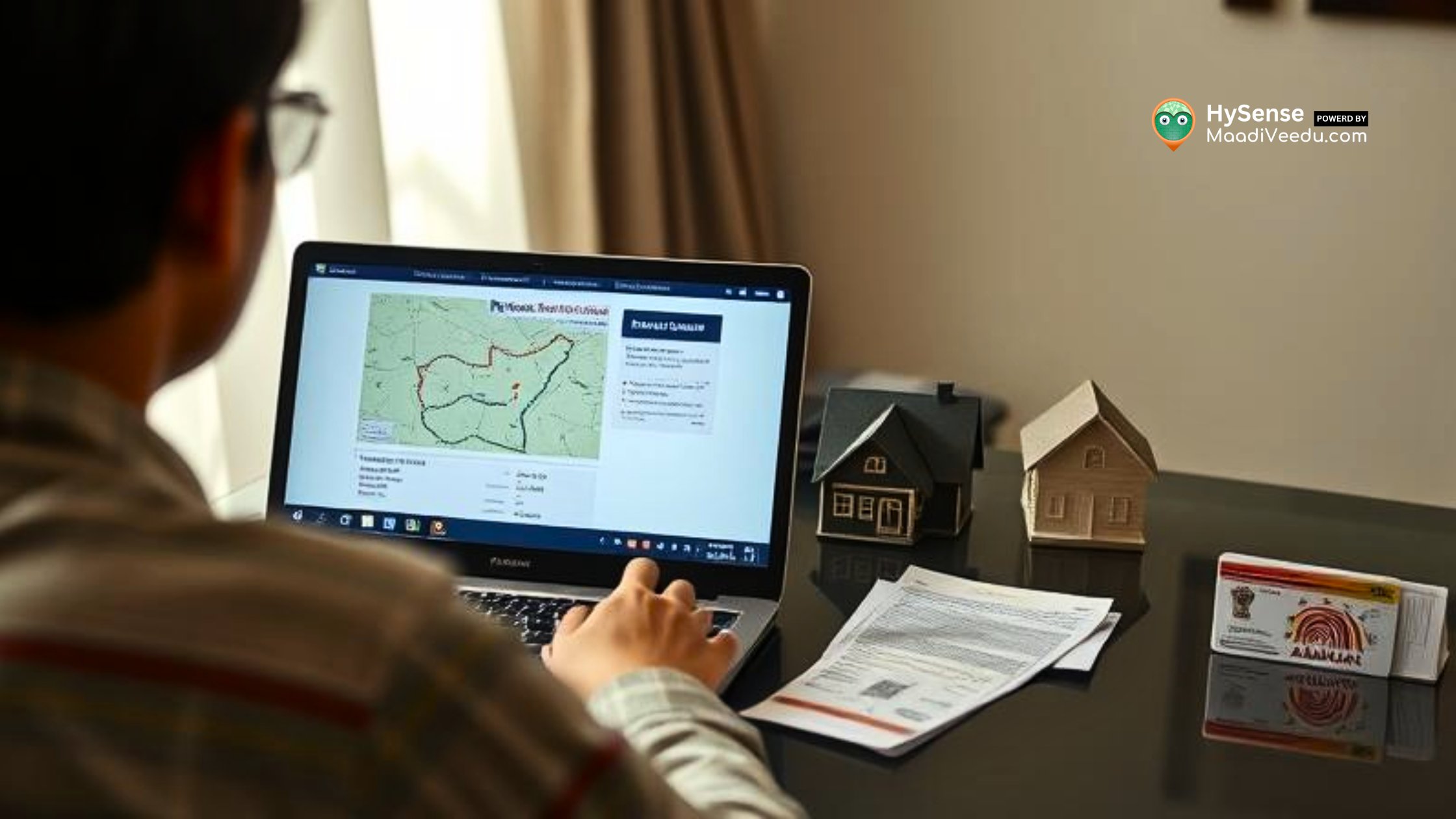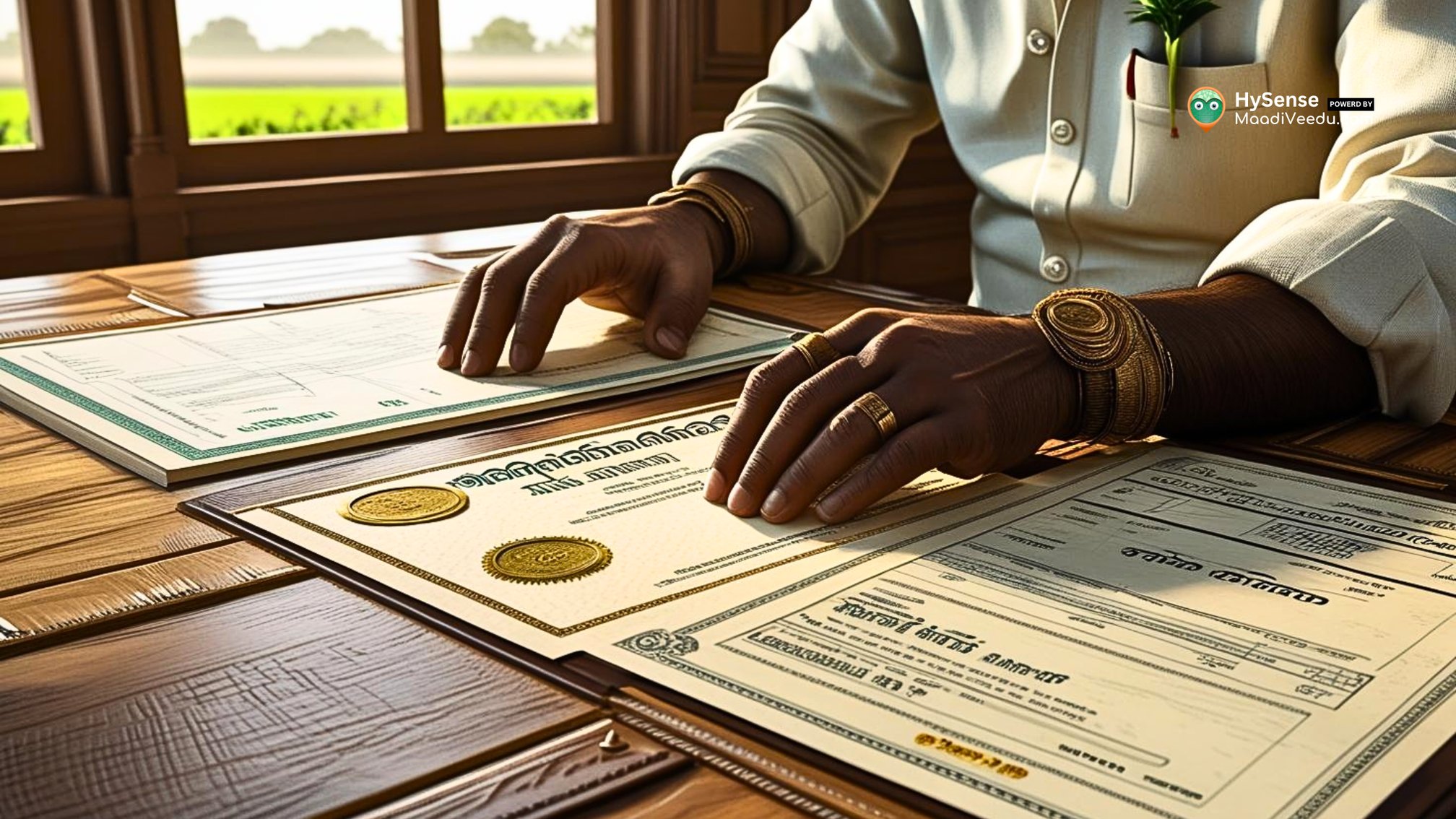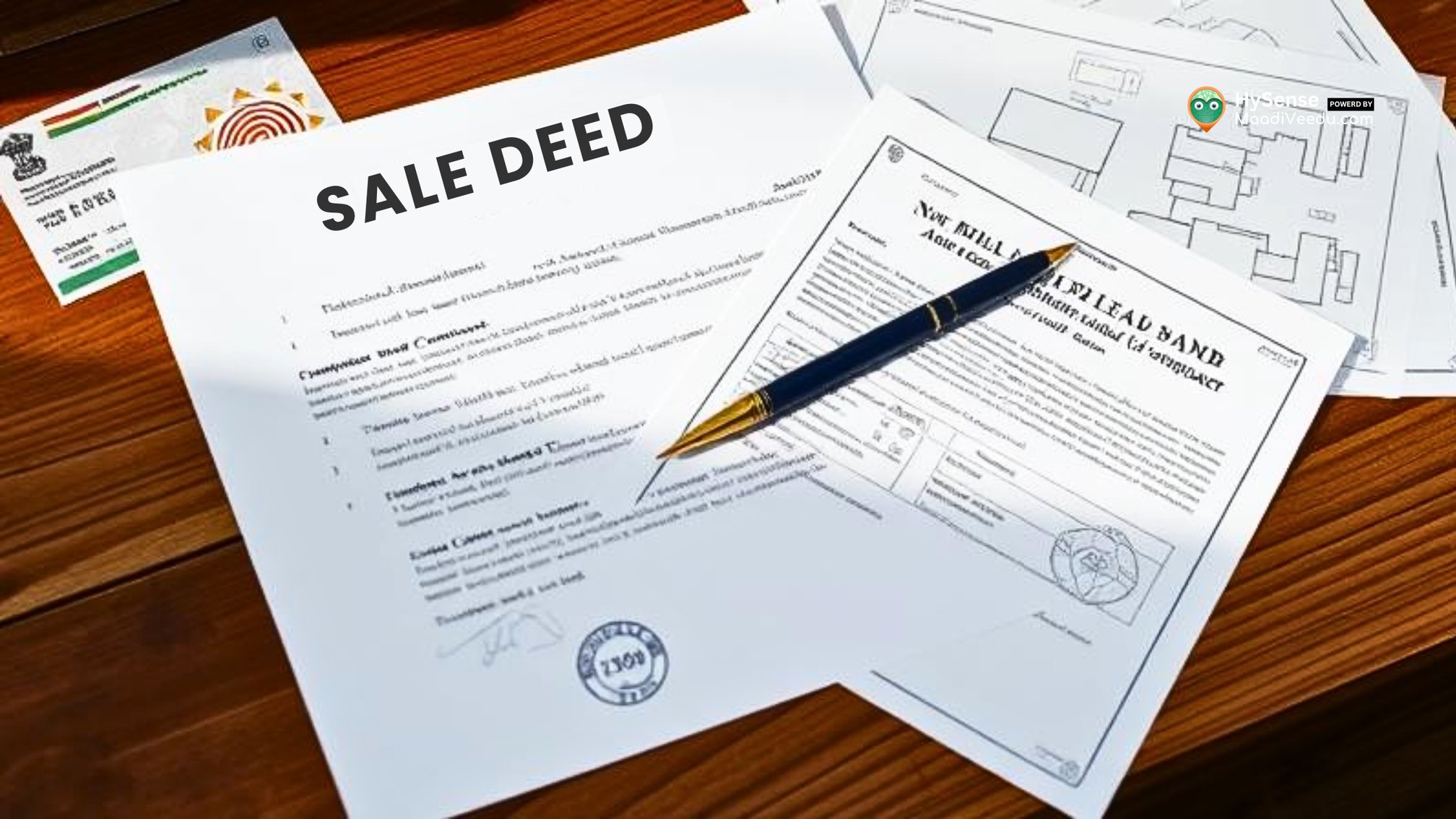Is There a Problem at Home? 7 Critical Areas to Inspect
Identify 7 common house problems during inspections, from foundation issues to plumbing and HVAC concerns. Learn key tips to prevent costly home repairs.
Table of Contents
Your home is more than just an investment—it’s your sanctuary. From celebrating festivals with family to relaxing after a long day, it’s where life happens. But like any important investment, your home needs regular care to stay safe, comfortable, and valuable.
Whether you’re buying your first flat in Chennai, moving into a villa in Bangalore, or maintaining your ancestral property in Coimbatore, spotting issues early can save you thousands in repairs.
In this guide, we’ll walk you through 7 critical areas of your home that require regular attention, along with practical tips to spot problems before they escalate.
1. Structural Integrity – Is Your Foundation Strong?
The foundation is literally the bedrock of your home. Any weakness here affects the entire building—and repairs can be extremely expensive.
What to Watch For:
- Cracks in Walls or Floors: Small hairline cracks are normal. But stair-step cracks in bricks, horizontal cracks in the foundation, or anything wider than ¼ inch could indicate serious problems.
- Sloping Floors or Gaps: Place a marble on the floor. If it rolls, your floors may be uneven due to settling or joist issues. Look for gaps between walls and floors.
- Doors and Windows That Stick: Warped frames often indicate foundation movement. Doors that jam or windows that are hard to open can be early warning signs.
Pro Tip: After heavy rain, check if water pools near the foundation. Ensure gutters are clean and direct water 5–10 feet away from the house. Poor drainage is a common cause of foundation issues.
2. Roof & Attic – Protecting Your Home from Water Damage
Your roof shields your home from sun, rain, and wind. A small leak can lead to major damage, including rotting wood, mold, and ruined insulation.
What to Check:
- Shingles: Look for curling, missing, or damaged shingles. Check gutters for granules from old shingles.
- Attic Inspection: Go inside on a sunny day with the lights off. Pinpricks of daylight? Dark stains or sagging roof decks? These signal potential leaks or structural issues.
- Flashing & Vents: Ensure metal strips around chimneys, skylights, or vents aren’t rusted or loose.
Pro Tip: Inspect your roof from the ground twice a year (spring and fall) and after storms. Binoculars help you see minor damage safely.
3. Plumbing Systems – Keep Your Water Flowing Safely
Water is essential—but uncontrolled water is a home’s biggest enemy. Leaks or blockages can cause major damage.
Signs to Watch:
- Leaks Under Sinks & Toilets: Warped cabinets, water stains, or discoloration indicate hidden leaks.
- Low Water Pressure or Slow Drains: Could signal pipe blockage or corrosion. Listen for gurgling in drains.
- Pipe Condition & Water Heater: Check for corrosion, rust, or leaking around the heater. Most heaters last 8–12 years.
Pro Tip: Know the location of your main water shut-off valve. In emergencies, quick access can prevent a major disaster.
4. Electrical Systems – Safety First
Electrical faults are a leading cause of house fires. Regular checks can keep your home safe.
What to Inspect:
- Breaker Panel: Frequent trips? Signs of rust or overheating? Labels should be clear.
- Outlets & Switches: Warm outlets, buzzing sounds, or discolored plates are warnings. Ensure bathrooms and kitchens have GFCI outlets.
- Flickering Lights or Old Wiring: Flickers or dimming when using heavy appliances may indicate outdated wiring or overloaded circuits.
Pro Tip: Test GFCI outlets monthly by pressing “TEST” and “RESET” to ensure proper functioning.
Reviewing various homes can help you understand typical layouts, features, and maintenance considerations.
5. HVAC Systems – Maintaining Comfort Year-Round
Your HVAC (heating, ventilation, and AC) system keeps your home comfortable and energy-efficient.
Signs of Trouble:
- Uneven Temperatures: Hot and cold spots suggest duct or insulation issues.
- Strange Noises or Smells: Rattling, squealing, or burning smells indicate mechanical problems.
- Old Age & Maintenance: Units over 15 years old may be inefficient and prone to failure.
Pro Tip: Replace air filters every 1–3 months to improve efficiency and system lifespan.
6. Insulation & Ventilation – Keep Your Home Healthy
Good insulation and ventilation reduce energy bills and prevent moisture-related problems.
What to Check:
- Attic Insulation: Look for even coverage. If floor joists are visible, you need more insulation.
- Moisture & Condensation: Damp attics, frost, or condensation on windows indicate poor ventilation.
- Drafts & Cold Spots: Check around windows, doors, and outlets. Even small leaks can cause significant heat loss.
Pro Tip: A professional energy audit using infrared cameras can show exactly where your home loses energy.
Read also: How to Transfer Property Ownership in India – Complete Legal Steps, Tips & Real Examples (2025 Guide)
7. Pest Infestations – Protect Your Home from Unwelcome Guests
Pests can damage wood, wiring, and insulation, and create health hazards.
What to Look For:
- Termites & Wood-Boring Insects: Mud tubes, hollow sounds, fine sawdust (frass), or discarded wings.
- Rodents: Droppings, gnaw marks, or scratching sounds in walls.
- Entry Points: Check gaps, cracks, and spaces around utility lines.
Pro Tip: Keep firewood away from the house, trim trees, and seal foundation cracks to prevent pest entry.
Take Charge of Your Home’s Health
Being proactive is better than reacting to expensive repairs. By inspecting your home regularly and addressing these 7 critical areas, you can:
- Maintain comfort and safety
- Avoid costly repairs
- Protect your property’s value
Use this guide as a practical checklist and start small. Even inspecting one area this month can prevent a bigger problem next year.
Next Step: Visit MaadiVeedu.com to explore expert advice on buying, selling, or maintaining properties. Learn more home care tips at blog.maadiveedu.com.
Frequently Asked Questions (FAQ)
1. How often should I inspect my home for problems?
A thorough inspection of critical areas like the foundation, roof, plumbing, electrical, and HVAC should be done at least once a year. Minor checks like looking for leaks, drafts, or pests can be done every few months.
2. Can I do a home inspection myself, or should I hire a professional?
You can perform basic inspections for visible signs like cracks, leaks, or drafts. However, for structural issues, electrical faults, or HVAC problems, hiring a professional inspector or certified technician is recommended.
3. What is the most common issue in Indian homes?
In many Indian cities, plumbing leaks, roof waterlogging, and termite infestations are among the most common problems due to heavy rains, aging pipes, and local climate conditions.
4. How can I prevent termite and pest damage?
- Keep firewood away from your home.
- Trim tree branches touching the roof.
- Seal cracks in walls, windows, and foundation.
- Schedule regular pest control checks, especially in monsoon season.
5. How do I know if my foundation is failing?
Warning signs include:
- Stair-step or horizontal cracks in walls or bricks
- Uneven or sloping floors
- Doors and windows that jam or misalign










